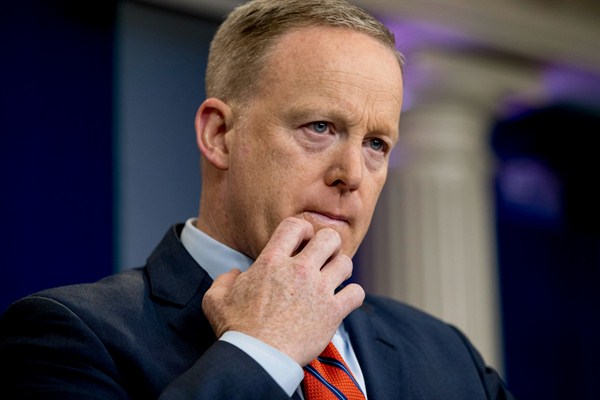Without admitting it, U.S. President Donald Trump largely continued his predecessor’s military policy in the Middle East during the opening months of his administration. Like Barack Obama, Trump relied on American airpower and special operations forces to strike directly at the self-styled Islamic State, while deploying other U.S. military units to support local forces battling the extremists.
But after a grotesque chemical attack on a Syrian village by the military of Syrian President Bashar al-Assad, Trump ordered a retaliatory cruise missile strike against the air base from which the chemical attack was launched. Suddenly a policy that once seemed so clear was in turmoil.
Although most of the American public supported the strike, some critics were concerned about becoming more deeply embroiled in the Syrian conflict or stumbling into direct military confrontation with Russia. Others were afraid that the rapidity of the U.S. attack indicated that it was more an emotional reaction than part of a coherent strategy.

